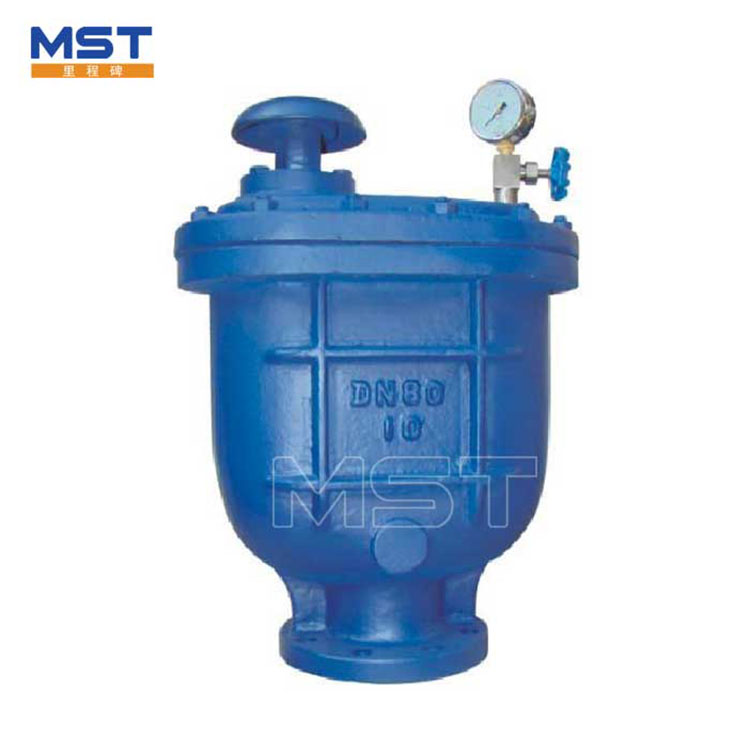Understanding Check Valves: Their Importance and Applications
2023-11-29
In the world of fluid control and regulation, check valves play a crucial role, often being unsung heroes in various systems and applications. These valves are simple yet essential components that ensure the smooth and efficient functioning of pipelines, pumps, and other systems that involve the movement of fluids. Let’s explore what check valves are, how they work, and their diverse applications.
What are Check Valves?
Check valves, also known as non-return valves or one-way valves, are mechanical devices designed to allow fluid flow in one direction while preventing backflow in the opposite direction. They operate automatically, relying on the pressure of the fluid to open or close the valve. The primary function of a check valve is to prevent reverse flow or backflow, maintaining the intended direction of fluid movement.
How Do Check Valves Work?
The functionality of a check valve is relatively straightforward. When fluid flows in the desired direction, the pressure of the fluid lifts or pushes against the internal mechanism of the valve, allowing the valve to open and permitting the fluid to pass through. However, when the fluid attempts to flow in the opposite direction, the internal mechanism of the valve closes, blocking the flow and preventing backflow.

Types of Check Valves:
Check valves come in various designs and configurations to suit specific applications. Some common types include:
Swing Check Valves: These valves have a swinging disc or flap that swings open in the direction of forward flow and closes to prevent reverse flow.
Ball Check Valves: These valves utilize a ball or sphere that moves in response to fluid pressure, allowing flow in one direction and blocking flow in the opposite direction.
Diaphragm Check Valves: Diaphragm check valves use a flexible diaphragm to regulate flow, flexing open to permit flow and sealing shut to prevent reverse flow.
Lift Check Valves: Lift check valves have a disc or piston that lifts away from the seat to allow flow and drops back to close and prevent backflow.
Applications of Check Valves:
Check valves find extensive use across various industries and applications, including:
Water and Wastewater Systems: Used in water distribution networks, sewage systems, and wastewater treatment plants to control the flow and prevent backflow.
Oil and Gas Industry: Employed in pipelines, refineries, and drilling operations to regulate the flow of oil, gas, and other fluids.
HVAC Systems: Integrated into heating, ventilation, and air conditioning systems to manage the flow of air and fluids.
Manufacturing and Process Industries: Utilized in industrial machinery, pumps, and manufacturing processes to maintain fluid direction and prevent damage or contamination.
Conclusion:
Check valves may be small in size, but their significance in ensuring the efficiency and safety of fluid systems cannot be overstated. Their ability to prevent backflow not only safeguards equipment and processes but also plays a vital role in maintaining the integrity and functionality of various systems across multiple industries.
In essence, these unassuming valves are silent guardians, diligently maintaining the flow in one direction, ensuring systems operate smoothly and without interruption.


